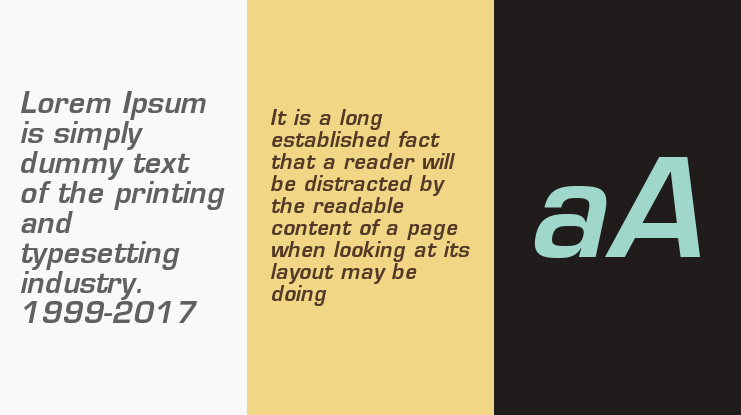
The family comes with one width in regular and bold weights, without obliques.Įurostile LT is a variant of Eurostile by Linotype. It supports Cyrillic characters.Įurostile DisCaps is a small caps version of the font. The family includes 16 fonts, adding Shadow Demi, Shadow Oblique, and the missing oblique counterparts to the original Linotype family. The popularity of Eurostile continued strong right into the cold type era, and it was offered by various manufacturers under the following names: ĭigital versions Europe Įurope is a variant of Eurostile designed at TypeMarket in 1992–1993 by Alexey Kustov. Eurostile and its antecedent Microgramma had a near-monopoly on science fiction typefaces through the end of the 20th century, before Ray Larabie, seeing an opening in the market, began designing more modern computer fonts for the genre and distributed them through freeware. It is particularly popular in science fiction artwork and media set or produced in the 1960s and '70s, alongside other graphic design use. The squarish shapes with their rounded corners evoke the appearance of television screens of the 1950s and 1960s.

Its linear nature suggests modern architecture, with an appeal both technical and functional. A decade after Microgramma, Novarese resolved this limitation with his design of Eurostile, which added lowercase letters, a bold condensed variant, and an ultra narrow design he called Eurostile Compact, for a total of seven fonts.Įurostile is a popular font, particularly suitable for headings and signs. Microgramma was a titling font with only uppercase letters, which came with a variety of weights. Novarese developed Eurostile to succeed the similar Microgramma, which he had helped design. Novarese created Eurostile for one of the best-known Italian foundries, Nebiolo, in Turin. All rights reserved.Eurostile is a geometric sans-serif typeface designed by Aldo Novarese in 1962. Typeface © 1992 Fonderia Caratteri Svizzera Walter Fruttiger A.G. So, a decade later, Aldo Novarese designed Eurostile, adding a lower-case alphabet and some additional weights, like Compact. But the original version of Microgramma had only caps. Microgramma came with a variety of weights and widths, which enhanced its immediate popularity. But in the early 1950s, Novarese and Butti made Microgramma for the best known of the Italian foundries, Nebiolo, in Turin.


Few have made anything remotely memorable. Almost every graphic student has at one time or another tried their hand at a geometrical type.


 0 kommentar(er)
0 kommentar(er)
